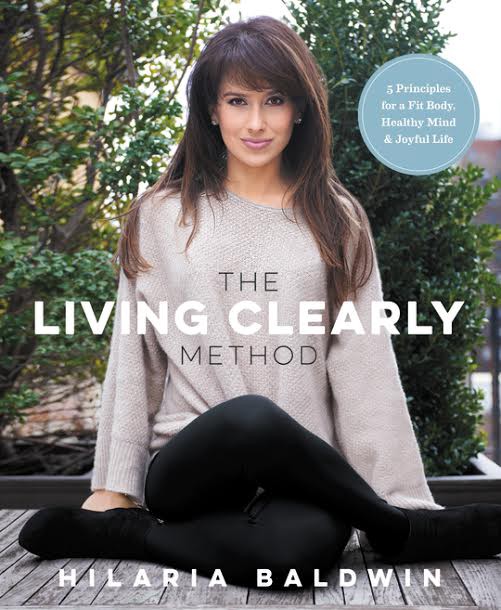Starting today, begin to track the way you breathe, paying specific attention to the situations and emotions that change your breathing patterns. Like an inspired researcher, record your findings in a journal. Note the moments where your breathing gets short and shallow, and see what happens if you bring your focus to your breath and if you consciously change the way you’re breathing, practicing one of the exercises in this chapter or simply regulating your inhalations and exhalations so they are smooth and steady. Notice where your breath gets sacrificed, the moments in your life when you give it up instantaneously. See what happens when you decide — remember, it’s all a choice — to slow yourself down with a few conscious breaths, breathing in for a few counts and then extending the exhale a bit longer. Can you start to use the breath to calm your nervous system, to create spaciousness where there was once claustrophobic reactivity? Jot it all down in a journal for a week, and then review your findings. You may be surprised.
If all this breathing talk still seems out there, there are some concrete places to start. Here are some of the most common ways we lose the breath. The next time you encounter one of these circumstances or emotions, notice what your breath is up to and then experiment with mindful breathing before reacting. There is a very good chance that the course of action you commit to after breathing will be quite different from the one you would have pursued without the breath. Note your findings.
Lateness. Notice when you are late for work, school, or an appointment. What happens to your breath? Can you slow it down? Can you breathe deeper? Can you relax the tensed muscles taking over your body (think: jaw, shoulders, neck, brow)? Remember, getting stressed won’t get you there any faster. Is all the tension and pain worth it?
Frustration. What happens to your breath when the waiter doesn’t get your order right even though you told him three times? Where does your breath go when your roommate leaves her dishes in the sink — again? What about when your teenager forgets to clean his room — again? Notice what is happening to your body in these situations. Stop. Take a few calming breaths. Once your breathing is steady, you are ready to respond.
Fear. Are you afraid of flying, public speaking, rejection, intimacy? Each one must be met with a calm and steady breath. Withholding the breath will only make the situation worse, causing your heart to beat faster and your body to contract and freeze up. If you are afraid to fly, practice deep and rhythmic breathing continuously before your trip. When you board the plane, take your seat, close your eyes, and practice Sama Vritti breathing. The chances of a disaster are minuscule, but your panic wouldn’t stop one from happening anyway. Use the breath to quiet your racing mind; notice how the dark scenarios begin to fade away as you bring yourself into the present moment with your breath. If you have to speak in front of a group, prepare thoroughly so you are ready to share your thoughts, and then practice your breathing before getting onstage. Entering the moment in an already calm state is key to maintaining composure and giving your brilliant content the chance to be heard clearly by your audience.
Rage. Anger has a particularly volatile relationship with the breath. When you get enraged, you are overcome with the emotion; it’s as if a dark, sticky ooze creeps up all over you until you are dominated by the angry feelings. And the breath is the first to go. There is no room for calm, steady breathing when you are filled with rage. As a first step, I recommend removing yourself from the situation. This may look like moving into another room or taking a short walk. You have gained perspective when you can zoom out enough to imagine how you’d feel if you had succumbed to the tantalizing pull of your emotions, saying something you would regret later. Often, simply creating some physical distance between you and the conflict is enough to kick-start your zooming-out mechanism.
Breathing is your ticket to a peaceful mind and a happy heart. It will guide you to the best of you, that place where you can make wise decisions unburdened by reactivity. And mindful breathing is the bridge between the body and the mind, a surefire way to quiet mental chatter and listen closely to what the body has to say. Simply bringing your attention to the air as it moves through your nasal passages and feeling your ribs and belly expanding with each breath click your mind into your body’s experience and into the freedom of the present moment. From here you begin to really feel yourself in the heart of your life, standing firmly on the earth, cultivating the sense of belonging that we all deserve. And now you’re ready to experience the stabilizing influence of grounding. Onward!
Reprinted from The Living Clearly Method by Hilaria Baldwin. Copyright © 2016 by Hilaria Baldwin. By permission of Rodale Books. Available wherever books are sold.
Originally published at medium.com


